Summary
- Low-budget films like "Rocky," "Texas Chain Saw Massacre," and others demonstrate creativity's power in achieving success through resourceful filmmaking.
The Hollywood machine is a very weird one. The secret to making a successful film was supposed to have been solved decades ago, but as the world kept changing, so did our way of watching films. What used to be a relatively easy task evolved into a scheme that the geniuses behind the movie business haven't been able to solve. In the past, it was all about watching a movie you thought you would like in a movie theater. If it was good, or if you at least liked it, you dreamed about it, waited for a home video release or a TV premiere, and that was about it. A rewatch was occasional, and with every iteration, someone made a few bucks in residuals.
Today, it's very different. It's not quite easy to understand why a movie that makes more than $50 million can be considered a box-office failure. The riddle also contains the question, "How does a movie released straight to streaming make any money?" Movie economics are not the same as they were before, and moviegoing seems to be an act that executives need to understand before they can decide on their next venture. Yes, it should be a mechanism that is easier to understand.
Low-budget films aren't easy to make. Like all films, they represent a challenge for those behind the camera, and even more so, because the budget is severely restricted, and what counts as a resource in other productions is actually a luxury there. Yes, as we said before, the moviemaking business has changed, and the problems of the past aren't the same problems of today. But in essence, it works the same way. Even when the impossible happens.
Coming from different decades and, thus, moviemaking methods, these low-budget movies are proof of the resilience of filmmakers who were brave enough to try and the power of a good story.
15 The Blair Witch Project (1999)
Budget: $200,000–750,000 - Box Office Gross: $248.6 Million
The Blair Witch Project is Daniel Myrick and Eduardo Sánchez's found footage mockumentary that tells the story of what happened to three college students when they were shooting a film in Burkittsville, Maryland. Heather Donahue, Michael Williams, and Joshua Leonard entered the woods one day and vanished without a trace. A year later, their footage was found, and the film supposedly showed us what happened to them. This cultural game-changer came out in 1999 and completely revolutionized movies at the turn of the century.
Using a great marketing campaign at the peak of the streamlining of the internet, the film convinced the entire world that what it showed was real. This caused movie theaters to collectively panic as the film materialized a new fear: we were seeing a modern snuff film. In fact, it was all just a cleverly shot film that, for under $100,000, subjected its characters to guerrilla filmmaking, with improvisation and real fear being used for authenticity. Needless to say, after it screened at the Sundance Film Festival, it had to go through a thorough post-production process that elevated the budget to half a million. But it would end up making almost a quarter-billion worldwide. Not bad for a found-footage horror film, right? You can stream The Blair Witch Project on Freevee.
14 Paranormal Activity (2007)
Budget: $240,000 (Including Post-Production) - Box Office Gross: $194.2 Million
Katie and Micah are a young couple who move to a new house in a suburb of San Diego. As the tradition goes in haunted house movies, Katie reveals she has been haunted by an entity ever since she was a child, so Micah uses his knowledge of video surveillance to install cameras all around the house. From the first day on, something begins lurking in the dark and will ultimately reveal itself through the footage Micah is able to capture.
Though the franchise that spawned from the original has taken a stumble from the perspective of critic scores, it's worth going back to the movie that started it all. Using practical effects, clever editing, and compelling characters, the relatively simple film was able to grab audiences and shake them in what was one of the most important motion pictures released in 2007. When it screened, people left the theaters. What DreamWorks executive Adam Goodman didn't know was that it wasn't a bad film. People were just terrified. However, two years passed until he was able to put together a release schedule in 2009. The rest was history, as it blew the box office and the found footage horror indie became the most profitable film of all time.
13 Once (2007)
Budget: $150,000 - Box Office Gross: $23.3 Million
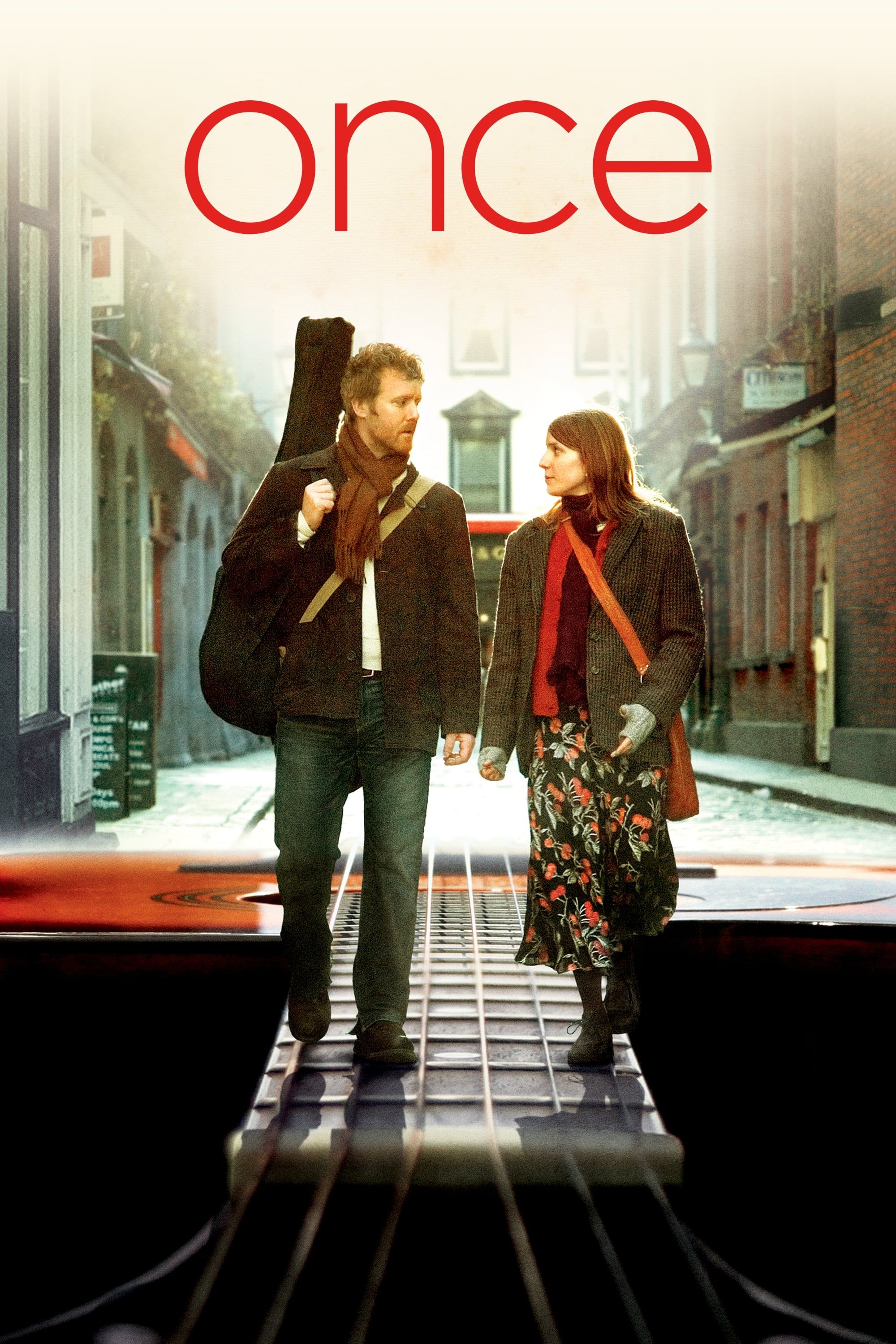
Once
-
- Release Date
- March 23, 2007
- Cast
- Glen Hansard , Marketa Irglova , Hugh Walsh , Gerard Hendrick , Alaistair Foley , Geoff Minogue
John Carney's musical drama Once is the story of two musicians who meet each other randomly and change their lives from the very first moment. He makes some money busking in the streets of Dublin, and she's a flower seller who makes an approach. The next day, they agree to play some tunes in a music store nearby, and the two hit it off in the performance of one of the most beautiful songs ever put together for a film. Unfortunately, even if it seems like an ideal union, not everything works out in Once.
One of two films on the list to win Academy Awards (Glen Hansard and Markéta Irglová's song "Falling Slowly" won the Academy Award for Best Original Song), Once is a beautiful musical fable that didn't require fancy filmmaking techniques to compel audiences. Instead, Carney asked everyone to collaborate on the project. A very limited schedule of 17 days, guerrilla filmmaking, and improvisation were crucial to accomplishing a sense of authenticity in a film that's basically about nothing but the connection between two souls who maybe don't belong together. The chemistry between them was so effective (Hansard admitted to falling in love with Irglová) that the film launched a successful stage musical and went on to make almost $24 million from a $150K budget. You can stream Once on Hulu.
12 Halloween (1978)
Budget: $300,000 - Box Office Gross: $70 Million
In John Carpenter's horror classic, Halloween, Michael Myers is a young child who brutally kills his sister on Halloween night, 1963. 15 years pass and Michael hasn't spoken a single word. He's just catatonic. However, he breaks loose from the mental institution and comes back to the small town of Haddonfield to terrorize babysitters on Halloween night. Fortunately, Laurie Strode will put up a fight as she defends herself against the horrific threat of the boogeyman.
Laurie and Michael's arc was so strong that it launched an entire franchise. Yes, it suffered multiple modifications along the way, and some fans even lost the connection to Carpenter and Debra Hill's conception of an indie horror film. The film, made on a shoestring budget, was shot over four weeks in California, which represented a challenge for the crew as they had to recreate the fall with artificial leaves and the recreation of the holiday. But Carpenter's style was so sharp and effective that it became the basis for his entire career. It was so successful that it held the record for most sales in the slasher genre until Scream took the top spot in 1996. However, $70 million doesn't sound so bad for a film made for less than one.
11 Friday the 13th (1980)
Budget: $550,000 - Box Office Gross: $59.8 Million
In Friday the 13th, camp guides head to Camp Crystal Lake in order to prepare for the arrival of the children. Decades ago, a tragedy occurred, and the new owners are trying to reopen it with a whole new crew. The problem is that someone else is there with the mischievous teenagers. Bodies start dropping one by one until Alice remains. She will find out the truth about the slayings, which are related to the negligence of counselors who, decades ago, had to take care of Jason Vorhees, and instead, the poor boy drowned in the lake because they didn't pay attention to him.
Sean S. Cunningham's creation came after the success of Halloween. Paramount Pictures wanted to jump on the wagon and secured distribution for the film that would ultimately turn into one of the longest-running horror franchises of all time. The weird thing about this is that what makes Friday the 13th so scary wasn't present in the sequels: the identity of the villain. Though it was made for half a million, Paramount spent approximately that amount of money to promote the film. In international markets, it was also a first in cinema history: no independent horror films with unknown actors were usually released, but Warner Bros. took care of the market overseas and sold Jason Vorhees (and his mom) to the entire world.
10 Napoleon Dynamite (2004)
Budget: $400,000 - Box Office Gross: $46.1 Million
Napoleon Dynamite follows a group of teenagers in the town of Preston, Idaho, as they navigate the stormy territory of high school. In the lead, there's Napoleon Dynamite, a weird and shy dude who has no idea how to socially perform. But things change when a new arrival allows him to open up to a whole new friendship that will maybe give him a chance at speaking to the girl he likes. Sure, a normal premise, but in the hands of Jared Hess, nothing is like you'd think.
Napoleon Dynamite is a bizarre variation of a coming-of-age feel-good teen comedy. Filled with quirky characters and depending on the sharpness of its weird humor, this is unlike anything you've ever seen. The film is purposefully disorienting in terms of its chronology and period, but it draws elements from the '80s, '90s, and 2000s. This was accomplished with an intelligent script that works in tune with Hess' ability to use real-life settings to portray physical comedy in any way he can; Jon Heder's performance as Dynamite was responsible for launching his career (the typecast didn't exactly help him), and he was supposedly only paid $1,000 for his role, but it was adjusted once the film made more than $40 million. Napoleon Dynamite looks cheap, but it's the only way it works.
9 Saw (2004)
Budget: $1.2 Million - Box Office Gross: $103.9 Million
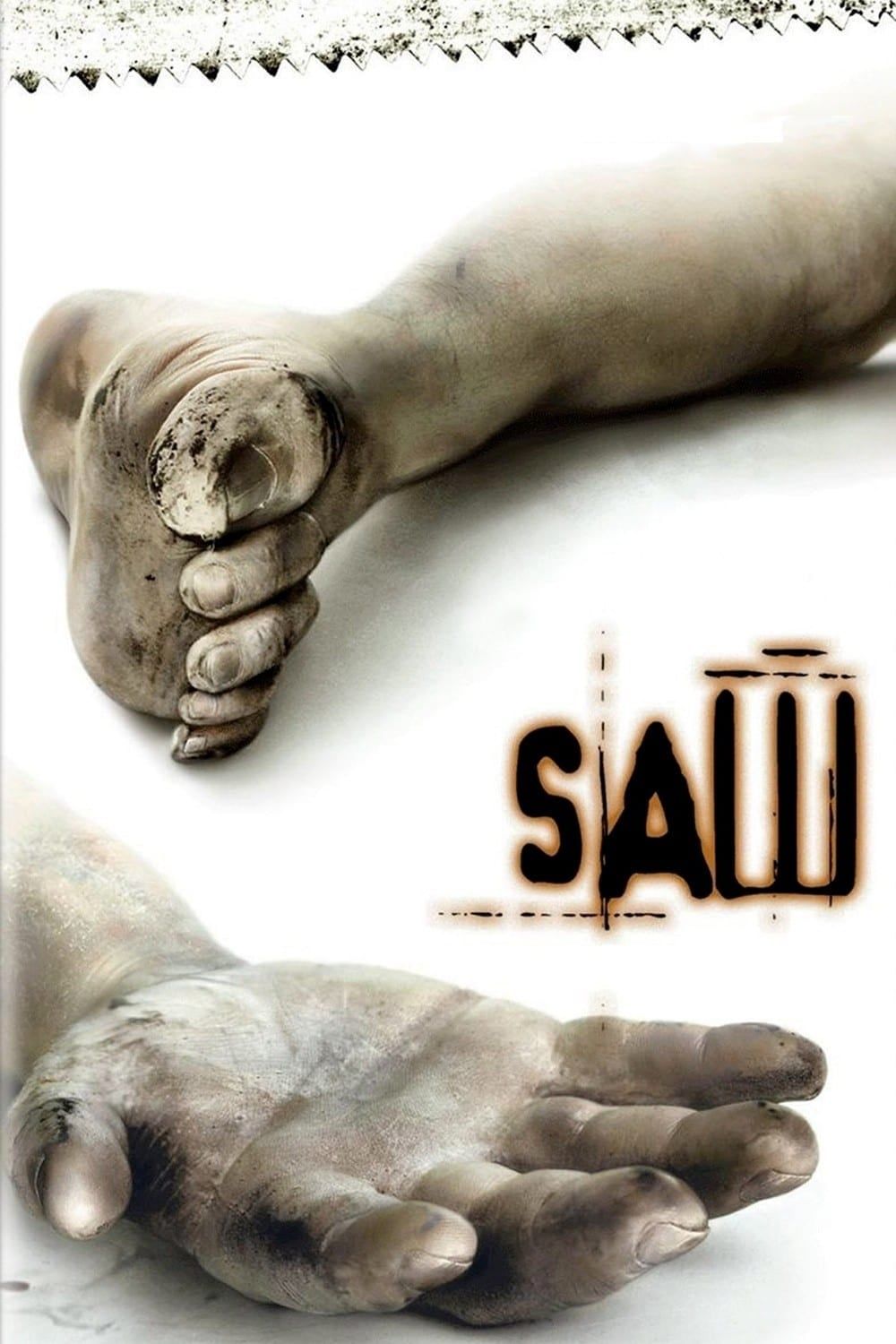
Saw
-
- Release Date
- October 1, 2004
In James Wan's introduction to Hollywood, Saw, two strangers wake up in a very dirty and messed-up bathroom. They find themselves chained to pipes, rendering their escape impossible. As they find the clues to the sick game someone has selected them for, they realize they will have to make some horrible sacrifices if they want to live. In parallel, two detectives try to find the truth about a serial "killer" named Jigsaw who likes to teach life lessons in the most gruesome of fashions.
Saw was a game changer in 2004, and after a solid premiere at Sundance, Lionsgate decided they would go for a theatrical run instead of a straight-to-video release. The rest was history, as it was acclaimed both by audiences and critics, and a mere year later, Saw II was released for the gorehounds. Though the box-office results varied throughout the franchise, Saw is a great example of indie horror being remodeled into a studio release due to the potential of its story.
8 Open Water (2003)
Budget: $500,000 - Box Office Gross: $55.5 Million
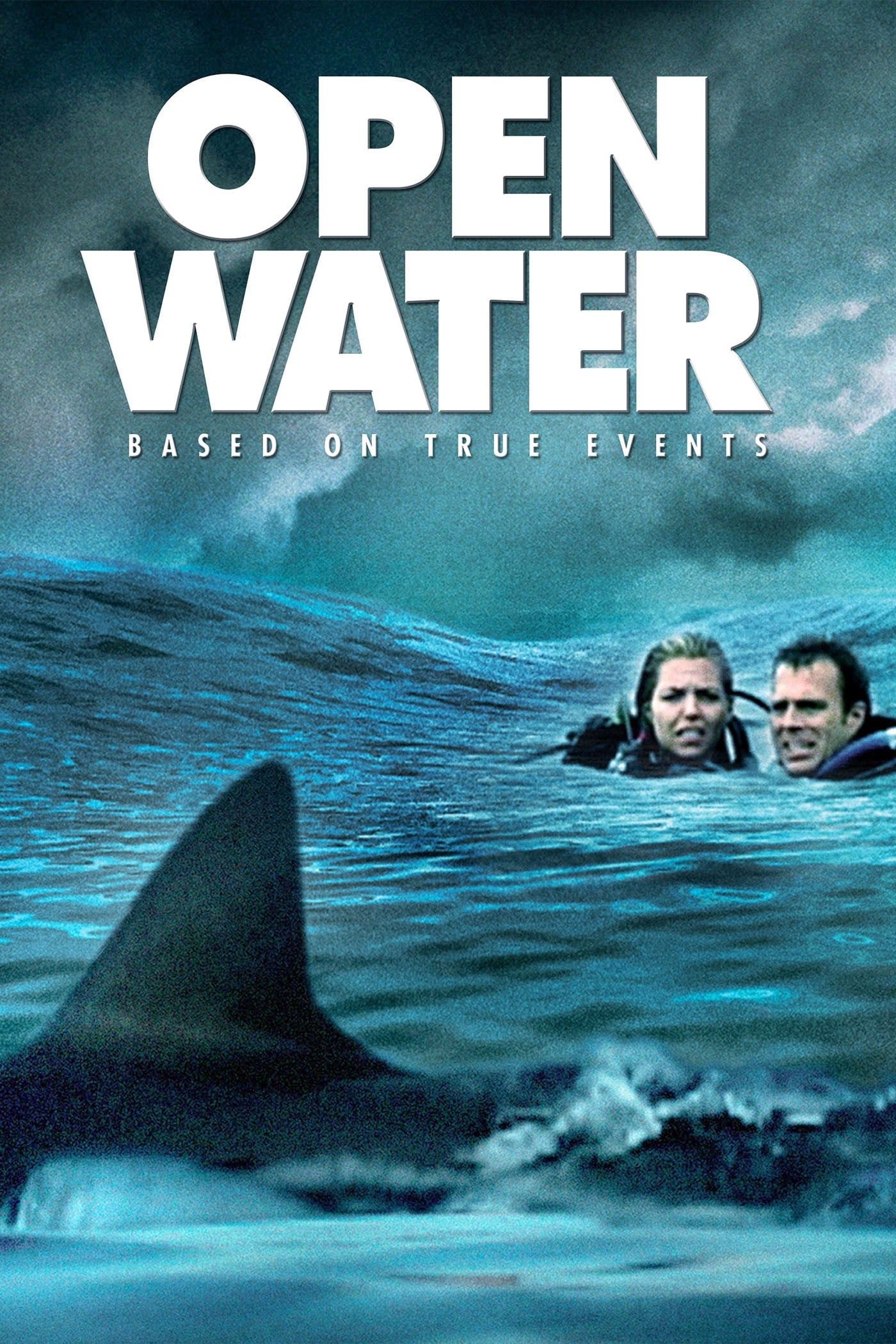
Open Water
-
- Release Date
- August 6, 2004
- Director
- Chris Kentis
- Cast
- Blanchard Ryan , Daniel Travis , Saul Stein , Michael E. Williamson , Cristina Zenarro , John Charles
Inspired by the true story of the late Tom and Eileen Lonergan, Open Water took us to the Caribbean in 2003 and showed a horrific version of a vacation gone wrong. Daniel and Susan decide to go on vacation and disconnect from their daily lives. Scuba diving is their thing, so they book a tour. The problem is that when it's time to get on the boat and head back to the hotel, someone counts the same heads twice, and Daniel and Susan are abandoned in the open sea. Not much time happens until they become prey to the dangers of the deep.
One of the best "shark attack" films ever made, Open Water, upped the found footage game and conserved some of the format but not the subgenre. To accomplish authenticity, director Chris Kentis decided to follow the limits of his budget, shot everything on digital video, and used real sharks instead of CGI. How he did this while staying below $1 million is a mystery. After creeping everyone out at Sundance, Lionsgate "dove" into it and distributed it everywhere, with American audiences becoming fascinated with the tragic story of the divers that are left for dead.
7 Clerks (1994)
Budget: $230,000 - Box Office Gross: $4.4 Million
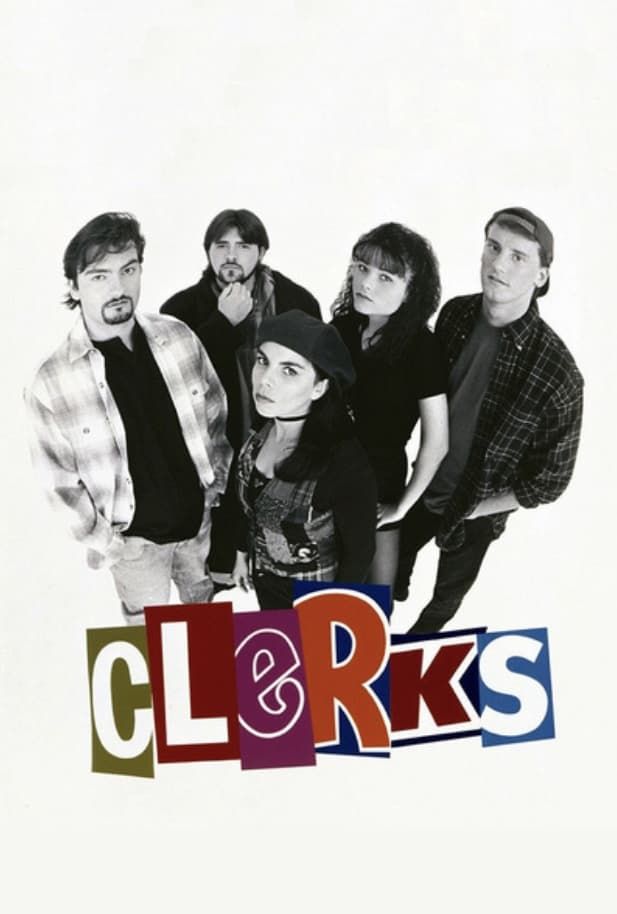
Clerks
-
- Release Date
- September 13, 1994
The 1994 film by Kevin Smith, Clerks, is his directorial debut in an industry that didn't often welcome black-and-white films that were basically about nothing. However, the lives of Randal and Dante, two convenience store clerks, turned out to be very interesting for audiences. In fact, their storyline would be featured in practically all of Smith's films from that moment on, which showed the director's appreciation of what turned him into a well-loved figure in Hollywood.
Shot for less than $30,000, Clerks starred Smith's friends, who were also cool enough to participate somehow in the making of the film. However, Smith still needed money. It's widely known that he sold a valuable comic book collection and drained his credit cards in order to get enough money to shoot. Miramax bought the right to distribute it after it made heads turn at Sundance, but Smith had to comply with some edits, as many considered the film to be a bit blasphemous. It's perhaps the most "authentic" film on the list.
6 Rocky (1976)
Budget: $860,000 - Box Office Gross: $225 Million
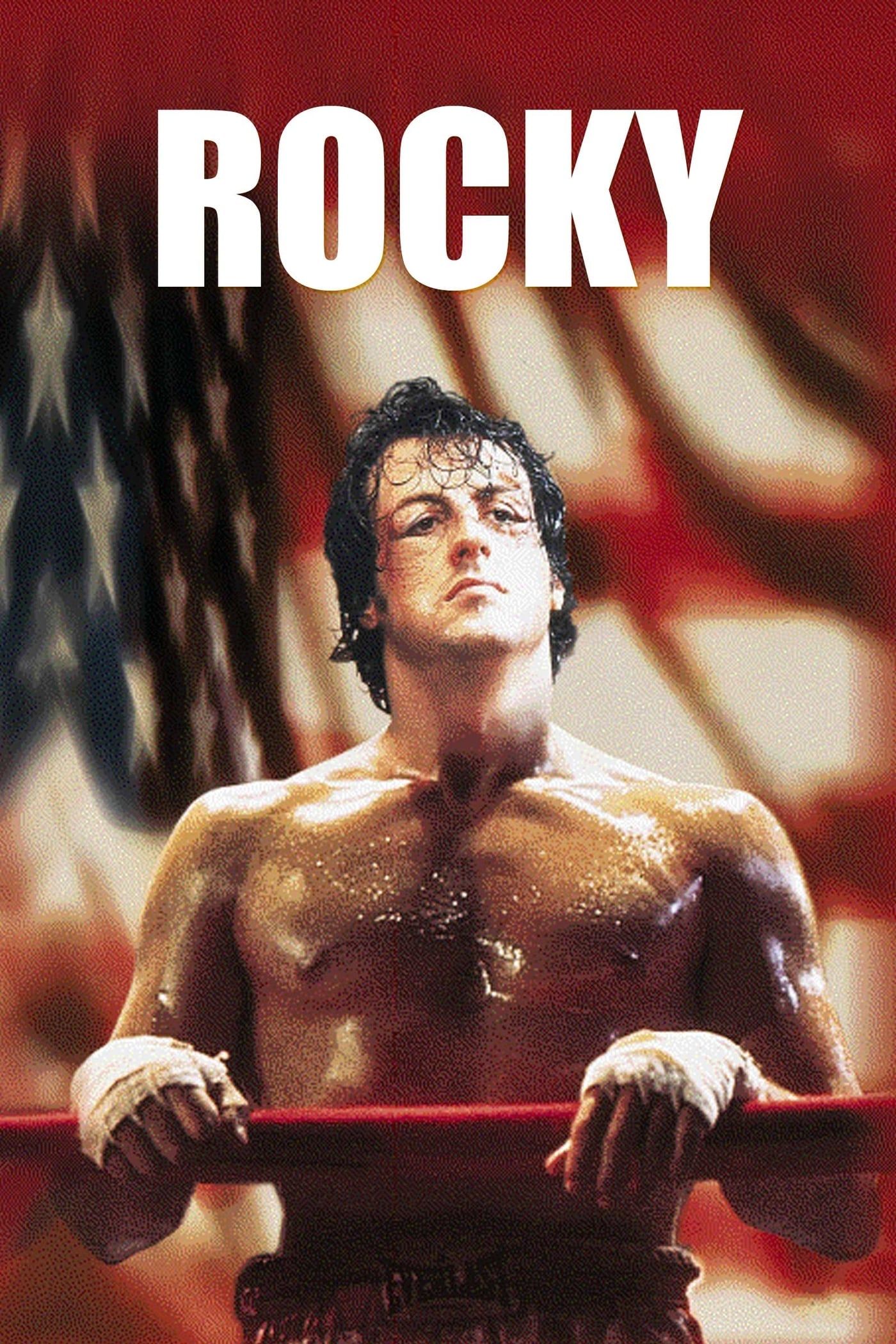
Rocky
-
- Release Date
- November 21, 1976
In Rocky, a debt collector from Philadelphia by the name of Rocky, has a dream of becoming a big-time boxer. However, he's merely a club fighter without any contacts that would give him a shot at a heavyweight championship. That is, until world champion Apollo Creed is forced to select a new contender after a potential fighter is unable to fight, and the boxing icon selects southpaw boxer Rocky Balboa. In order to compete, Balboa decides to train, as he never has. A skeptical trainer and his best friend come along for the ride.
The very uplifting Rocky was a cultural phenomenon that, in 1976, introduced Sylvester Stallone to the entire world, both as a performer and a writer who was capable of coming up with human stories beyond what his looks made people think. The film was mentioned 10 times in the ballots for the Academy Awards, and it actually won the Best Picture award. Not only that, it was the highest-grossing film of 1976. What most people don't know is that the film was made on a very limited budget, with friends and family becoming part of the crew. Also, Avildsen insisted on realism, and this was reflected in the fighting sequences that made Stallone take a few real hits. You can stream Rocky on AMC+.
5 The Texas Chain Saw Massacre (1974)
Budget: $140,000 - Box Office Gross: $30.9 Million
The year is 1973. Texas is plagued with grave robbing crimes in which the bodies disappear and are then arranged in monuments that display the savage nature of the criminals. The problem is that a group of hippies are passing through the state, and, unbeknownst to them, they're heading straight to where a family is indulging in cannibalism and mayhem. This will be their last ride on this earth.
After The Texas Chain Saw Massacre, horror was never the same. Though the legacy grew with the years, there was an immediate reaction to the original film, as audiences perfectly understood Tobe Hooper's agenda and an indirect wink at America's collective train of thought, where horror was theoretical and far from the raw version of Hooper's adaptation. Shot on a 16mm camera and using the setting as yet another character, Hooper stayed within budget by understanding his boundaries and how effective the realism aspect would play in the end. Marketed as a true story, the film would then become a signature horror film from the '70s, but it has since been revealed that it's simply not true. But this begs the question: did the use of real blood count, given that artificial blood was more expensive than the real thing? You can stream The Texas Chain Saw Massacre on Tubi.
4 Super Size Me (2004)
Budget: $65,000 - Box Office Gross: $22.2 Million

Super Size Me
-
- Release Date
- January 17, 2004
- Cast
- Morgan Spurlock , Daryl Isaacs , Lisa Ganjhu , Stephen Siegel , Bridget Bennett , Eric Rowley
In Super Size Me, TV personality Morgan Spurlock subjected himself to the ultimate test. After seeing a news report where people tried to sue McDonald's because their food made them fat and unhealthy, and McDonald's replied that there wasn't a scientific basis for the claim, Spurlock said: What if I ate McDonald's food for 30 days and lived to tell the tale? The documentary showed him indulging in all kinds of value meals and, of course, super sizing whenever the cashier offered it. The result was... eerie.
A great example of a health documentary, Super Size Me, was released when Netflix hadn't yet started to use the trend. The film was Spurlock's way of commenting on the American health crisis of obesity and cardiovascular disease, among others, and their link with the most American thing ever created: McDonald's. It was extremely successful and was even nominated for an Academy Award for Best Documentary Feature. After winning the Grand Jury Prize at Sundance, Spurlock's film was widely released, and people seemed to connect with his commentary. The film's release and massive success coincided with McDonald's decision to eliminate Super Size menus at their restaurant, although they never admitted it was a decision related to the film. Much more effective than millions at the box office, right?
3 American Graffiti (1973)
Budget: $777,000 - Box Office Gross: $140 Million
American Graffiti follows a group of teenagers in 1962 as they navigate their "complicated" lives in Modesto, California. Though the film is mostly told from the perspective of Curt Henderson, the script takes its liberties and drifts from Curt's conflict occasionally. This balance was crucial in understanding George Lucas intention to portray the many sides of cruising with huge machines and listening to rock 'n' roll all night. The result is a beautiful fable that, throughout the course of a single night, did better to explain teenage angst in the same fashion as signature coming-of-age films.
For some, George Lucas' best film, American Graffiti, was transparent in showing the teenage wasteland of the 1960s with incredible authenticity without sacrificing the artistic aspect of Lucas' filmmaking. The film was heavily acclaimed by critics and audiences, and the Academy recognized this with a few nominations. Coming from the underworld of New Hollywood, Lucas supported himself with a few experimental elements that allowed him to stay within budget limitations but still ended up making a beautiful film. However, at first, it was only successful in North America. When it was reissued in 1978, it got the attention it fully deserved and even spawned a sequel.
2 Terrifier 2 (2022)
Budget: $250,000 - Box Office Gross: $15 Million
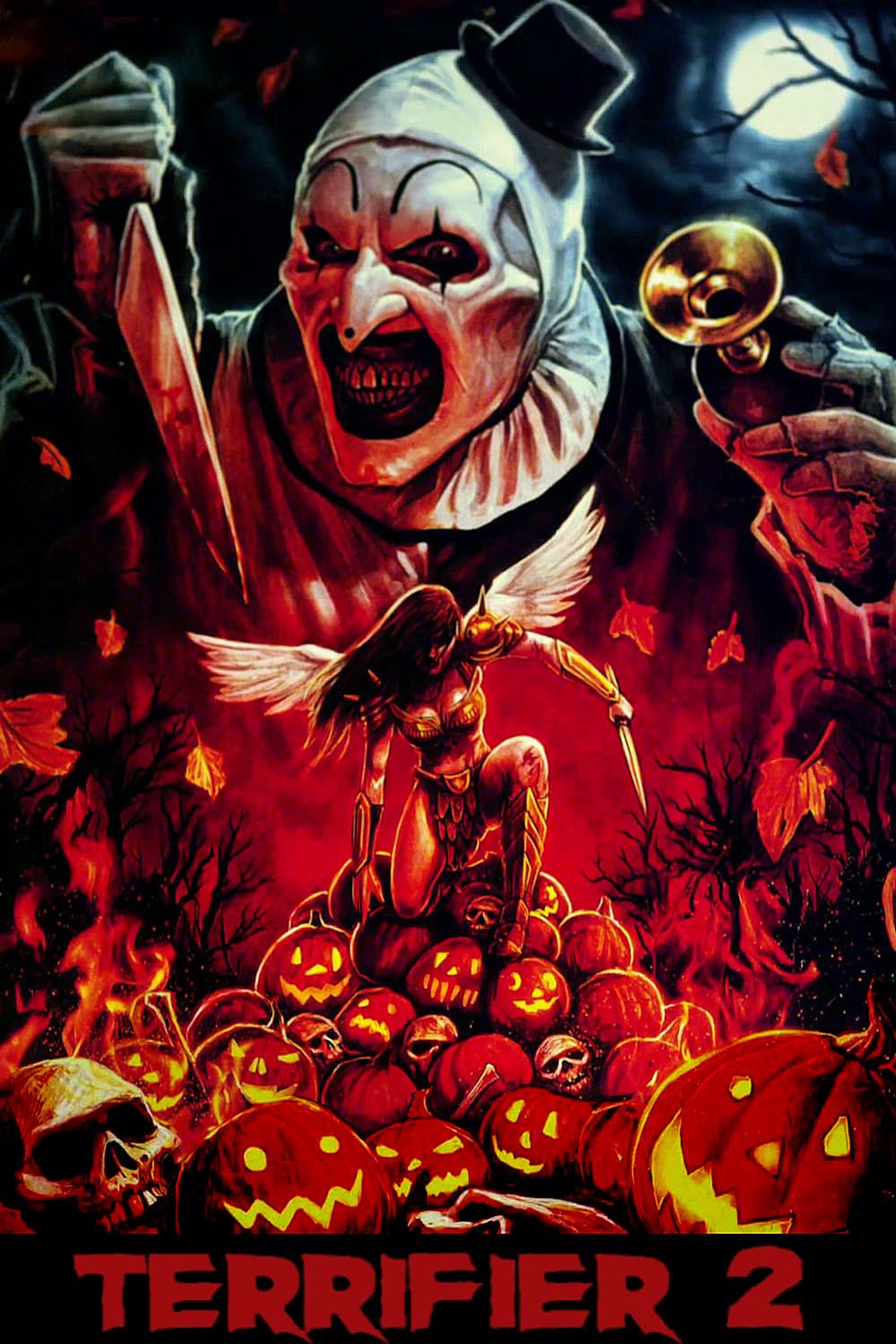
Terrifier 2
-
- Release Date
- October 6, 2022
- Cast
- Felissa Rose , David Howard Thornton , Samantha Scaffidi , Griffin Santopietro , Tamara Glynn , Lauren LaVera
Terrifier 2, Damien Leone's sequel to the spin-off Terrifier, is a good example of a subgenre of film that's not very common in today's indie circles. The story doesn't exactly follow logic, but this is one of many elements that don't come to mind upon watching the story about Art the Clown terrorizing everyone he finds. It's a mere compilation of clips where he manages to find Sienna Shaw and her brother on Halloween night and tries to brutally kill them. This is turn-off-your-brain horror fun, and as niche-oriented as that sounds, the film is a great case study for successful horror in modern times.
A sequel in the very controversial franchise created by Leone, Terrifier 2, is a revamping of what was accomplished in the first film. The crowdfunding was extremely successful, and even though it was affected by the COVID-19 pandemic, the film was eventually released at FrightFest 2022. After a theatrical run, it exploded at the box office, making more than $15 million and securing the chance to continue with a third film. People are still hungry for more of Art's shenanigans, and it's a guarantee that every film will end up making more and more. The best thing about Leone's clever use of budget? It's a great rendering of why practical effects are always better than CGI in the world of horror.
1 Night of the Living Dead (1968)
Budget: $125,000 - Box Office Gross: $30 Million (estimated)
George A. Romero's groundbreaking film Night of the Living Dead tells the story of seven strangers who find themselves in a pickle as they're forced to lock themselves up in a remote house in rural Pennsylvania. Barbra, one of the film's leads, has just seen a "ghoul" attacking and killing her brother, so she finds haven in a house that's being surrounded by corpses who have found a way to come back to life. The problem is that the dangers don't only come from the outside.
Part of the radical movie schedule of 1968, Night of the Living Dead, was the introduction of the zombie theme to general audiences, albeit the film not mentioning the word "zombie" at all. The film came from an idea that Romero and his friend Russell Streiner had, and this motivated them to start looking for money among their contacts. What came after was a shoot that involved anyone they could find. Blood was chocolate, music was recycled from previous movies, and showers were occasional and completed in a nearby river.
The film premiered at a matinée in Pittsburgh, and children attended the film. The shock was automatic, but then, so was the success, as copies were sent to theaters all around the country for audiences to evidence the birth of the genre.
To celebrate one of the films on this list, here's a trailer for the follow-up to Terrifier 2, Terrifier 3, which will be released in October 2024:
"low" - Google News
May 13, 2024 at 04:00AM
https://ift.tt/pE3s5qC
15 of the Highest Grossing Low-Budget Movies, Ranked - MovieWeb
"low" - Google News
https://ift.tt/8sghvuY
Bagikan Berita Ini














0 Response to "15 of the Highest Grossing Low-Budget Movies, Ranked - MovieWeb"
Post a Comment